Summary
THE CORE OF EARTH IS COOLING: COULD THE EXTRACTION OF EARTH’S NATURAL RESOURCES EFFECT FUTURE GENERATIONS?
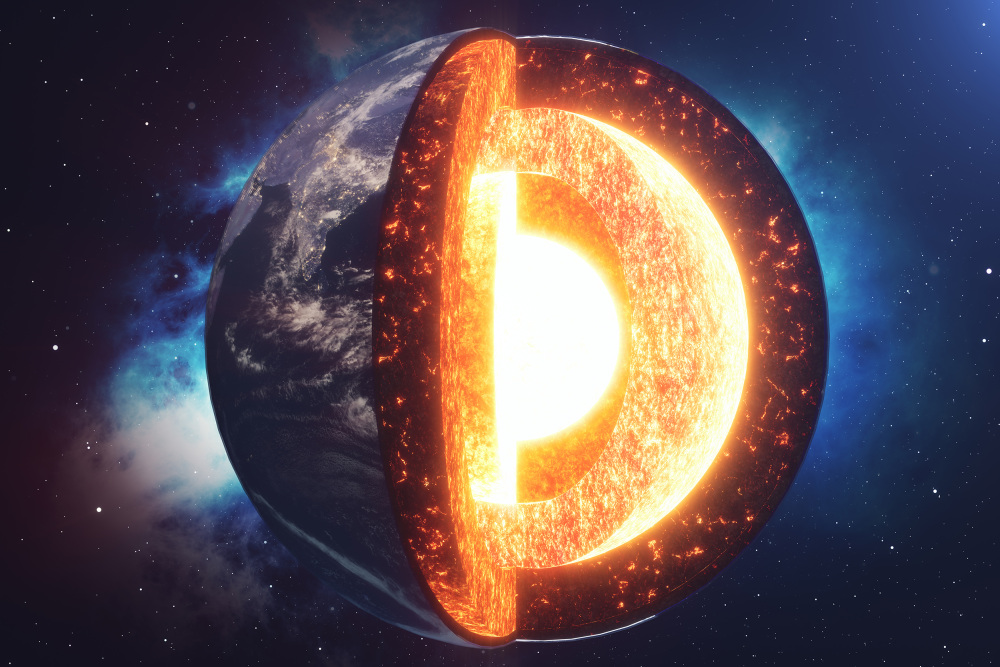
How DOES the extraction of EARTH’S NATURAL RESOURCES effect the cooling of Earth’s Core and the weakening of Earth’s Magnetic Field?
With plate tectonics all Natural Resources get recycled by the Earth and pulled down into the core over the span of Millions of years. However, humans have interrupted this process. Those natural resources are like fuel for the core and we have now cut off that fuel supply.
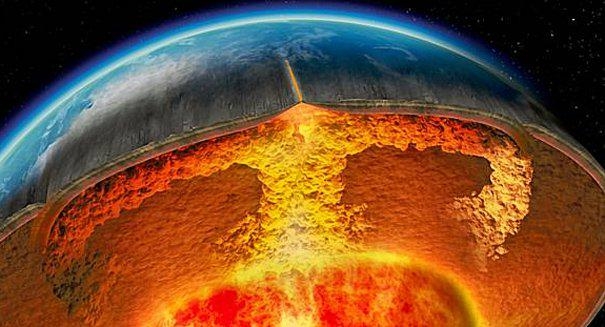
The Earths outer core is heated by melting elements and it is Iron when melted into a ocean of liquid metal that creates the Magnetic Field that protects Earth from Solar Wind and radiation. The Earth is cooling from the inside out. Just as freezing water turns to ice, that liquid metal is turning solid and adding volume in the process. “The inner core is becoming larger by about a centimeter every thousand years.”
Could this process be sped up? That is the cooling of our inner core.
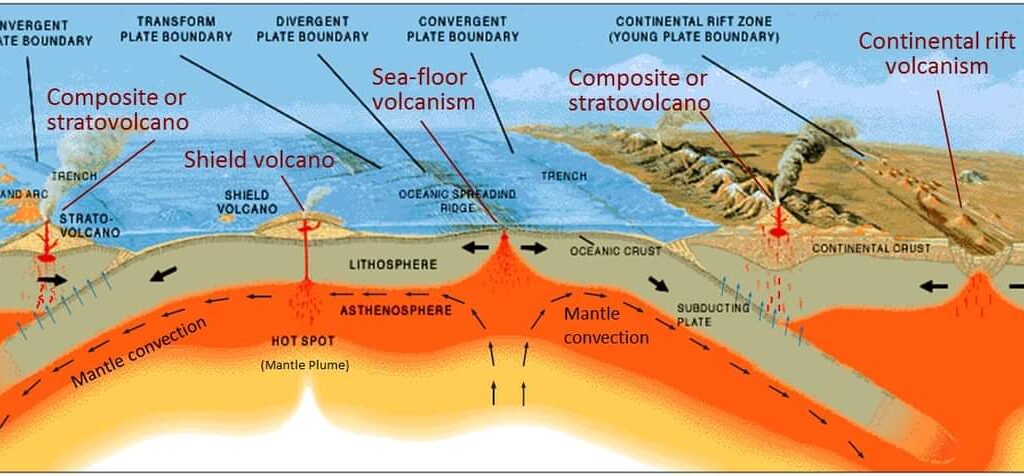
Plate tectonics is a scientific theory, which explains the structure and motion of the Earth’s outermost layer, the lithosphere, and other associated phenomena.This theory was formulated in the 1960s, when new information about the Earth’s magnetism, worldwide distribution of animal and plant fossils, phenomena of volcanoes and earthquakes, and the nature of the ocean floor was obtained.
What happens along plate boundaries is critical for mineral formation. The energy released along boundaries results in volcanic and hydrothermal activity that creates the right conditions for many minerals to be concentrated. Plate boundaries are also a way for deep-seated rocks from the mantle to find a way to the near-surface. These rocks become the source of many of our largest mineral deposits.
A convergent boundary is where two or more tectonic plates collide with each other causing massive earth movements. The Himalayas were formed by such a collision. Earthquakes and volcanoes are common near convergent boundaries. This is because of pressure, friction, and plate material melting in the mantle.
Subduction is a geological process in which the oceanic lithosphere is recycled into the Earth’s mantle at convergent boundaries. Where the oceanic lithosphere of a tectonic plate converges with the less dense lithosphere of a second plate, the heavier plate dives beneath the second plate and sinks into the mantle.
The theory of plate tectonics, resulted from centuries of observations and compilation of many scientists’ works. It started as a hypothesis and had to be proven with hard evidence before being completely accepted by the scientific community.

We consider Alfred Wegener, a meteorologist of the beginning of the 20th century, as the father of the theory that he at that time referred to as “the continental drift”. His book The Origin of Continents and Oceans, published in 1915, is widely accepted as the beginning of modern plate tectonics, even if the theory was only widely accepted in a refined version in the 1960’s.
Crude oil is formed from the remains of small animals and plants that died and fell to the bottom of the sea. Their remains were covered by mud. As the sediment was buried by more sediment, it started to change into rock as the temperature and pressure increased. This rock is then transported over time to the Earth’s Core via Plate Tectonics and the Convergent Boundary.
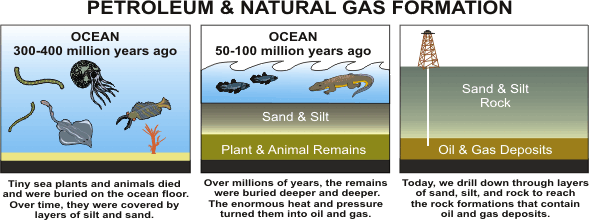
Over the span of Millions of years the rock which is transported to Earth’s Outer Core would usually contain natural resources such as oil, natural gas, coal, iron and many more recyclable resources that heat the core. However, those natural resources are being depleted by humans on Earth.

When talking about oil, many statistics focus on proved reserves. According to the British Petroleum’s 2019 Statistical Review of World Energy, the total proved reserves of the planet’s oil at that time was 1,733.9 billion barrels. Yearly global consumption in 2019 was about 35.9 billion barrels. A basic calculation reveals that if proved reserves didn’t grow, and if consumption remained constant at 2019 levels, it would take only about 48 years — meaning some time in 2067 — to exhaust those reserves.
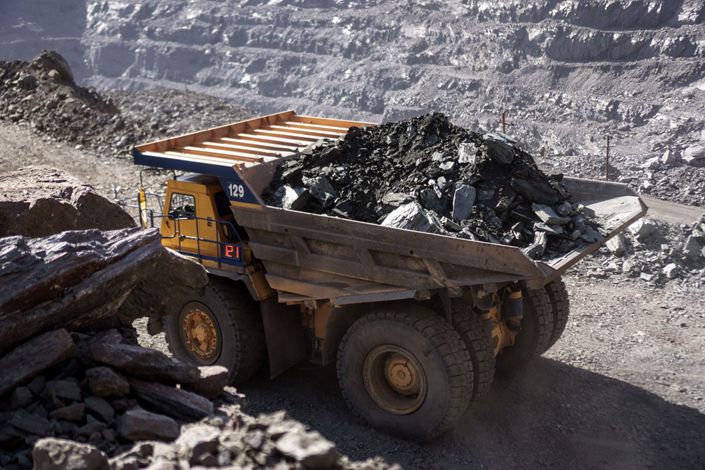
Oil and Iron Ore are both expected to be depleted by 2070. World resources of crude iron ore are estimated to exceed 800 billion tons containing more than 230 billion tons of iron
Iron is the most abundant element on earth but not in the crust. The extent of the accessible iron ore reserves is not known, though Lester Brown of the Worldwatch Institute suggested in 2006 that iron ore could run out within 64 years (that is, by 2070), based on 2% growth in demand per year.
Far beneath our feet, Earth’s inner core is solid iron, very hot and very dense. It’s surrounded by a molten iron-nickel outer core whose flow generates Earth’s magnetic field and a rocky mantle that’s mostly solid but which, over eons of time, moves slowly with plate tectonics.
Earth’s Core is Cooling at a rapid rate. Scientists can’t explain why.
The Earth’s core is cooling faster than anticipated — an alarming finding, but one that’s not likely to impact humans’ immediate future, according to a new study published in the journal Earth and Planetary Science Letters. The results suggest that Earth is “cooling and becoming inactive much faster than expected,” the study’s lead author, professor Motohiko Murakami at ETH Zurich, told the Weather Channel India.
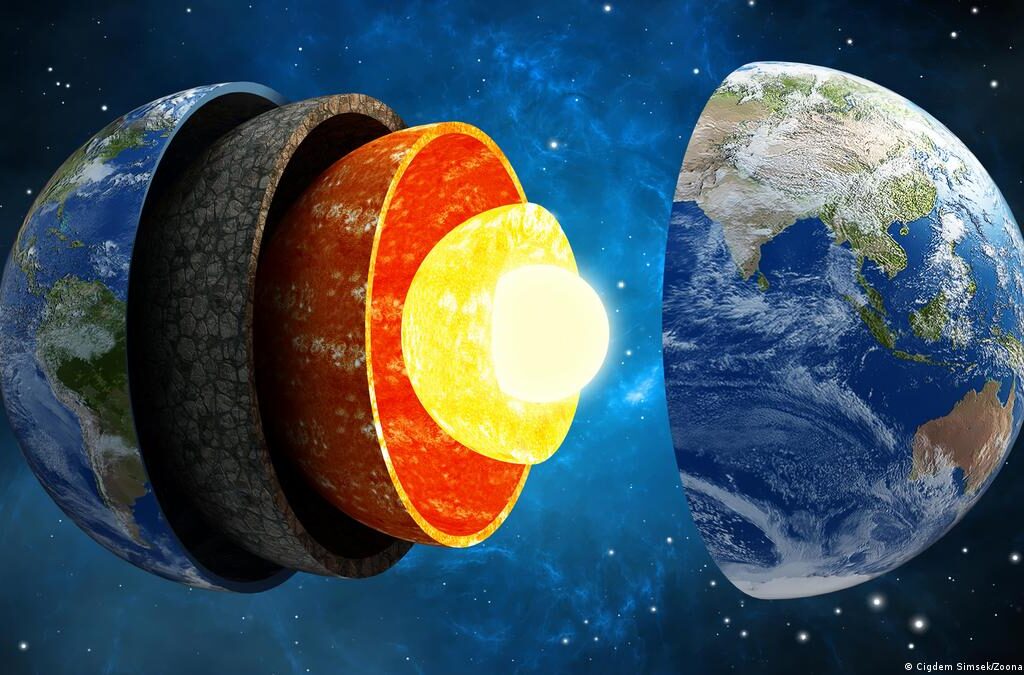
Scientists reached their conclusion by measuring the conductivity of the mineral bridgmanite from the Earth’s core to its mantle. There they found that bulk thermal conductivity at the core-mantle boundary was about 1.5 times higher than previously expected. Simply put: The Earth’s core, which scientists say has been cooling for the past 4.5 billion years of its existence, is cooling more quickly than previously expected.
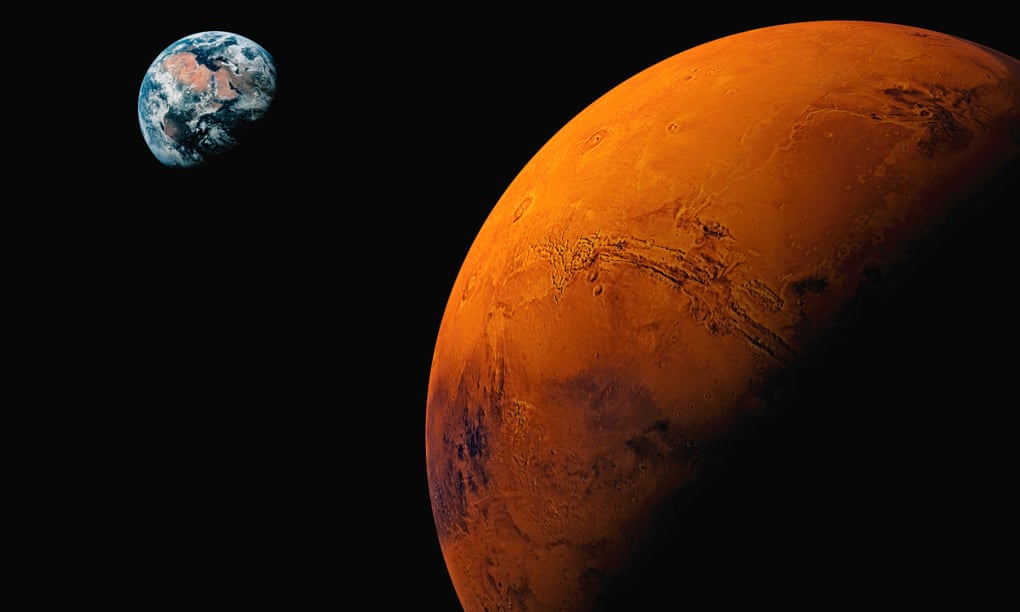
Once the core of Earth goes cold the magnetic field that protects Earth from Solar Winds will be non-existent. Life on Earth as we know it would also be non-existent.
The Earths Core uses natural resources to stay heated. It is these resources that make our Magnetic Field. Without them the Magnetic Field weakens. If this happens all life on Earth will cease to exist and the Earth will be stripped of it’s atmosphere and be nothing more than a rock.
Could we be cooling the Earths Core by cutting off the supply of Energy? Based by physical evidence the answer is YES.
Earth’s outer core boundary lies 2,890 km (1,800 mi) beneath Earth’s surface. The transition between the inner core and outer core is located approximately 5,150 km (3,200 mi) beneath Earth’s surface. 1,800 miles to the liquid iron outer core is not that far from the surface.




